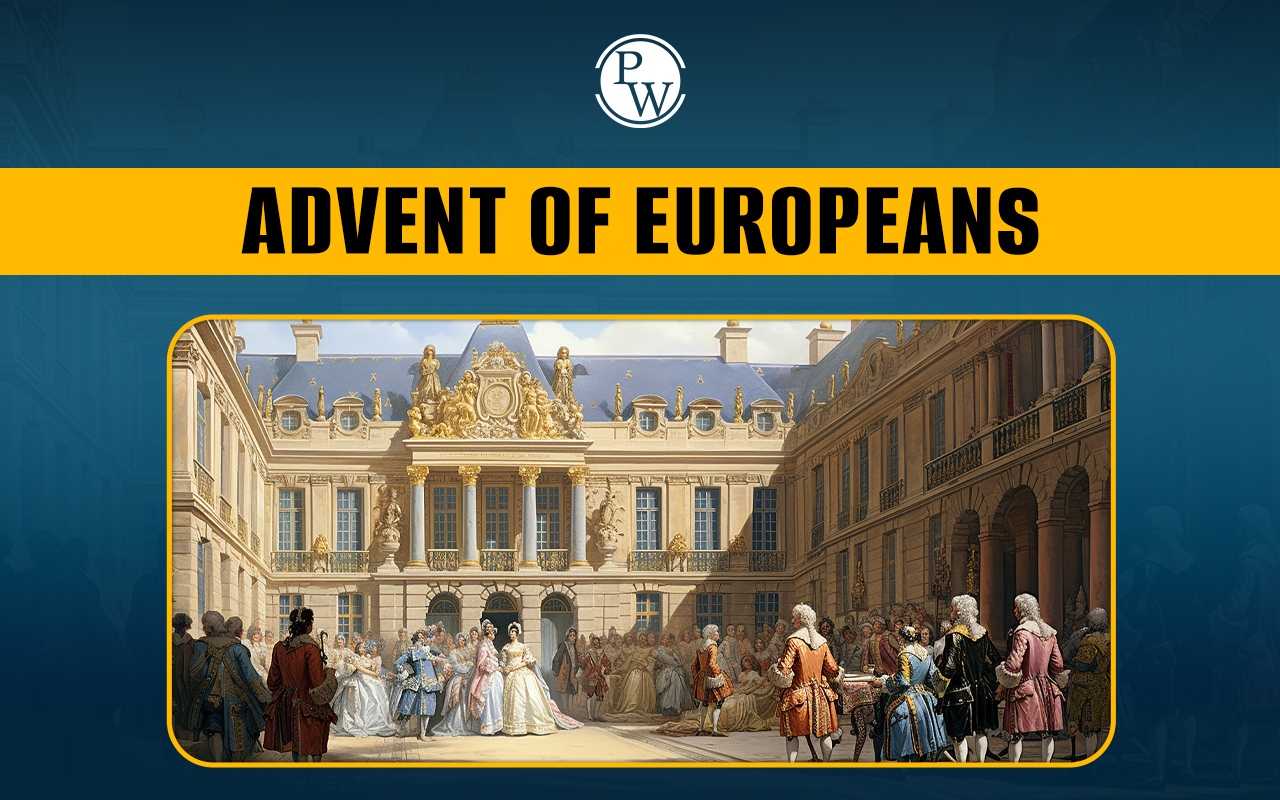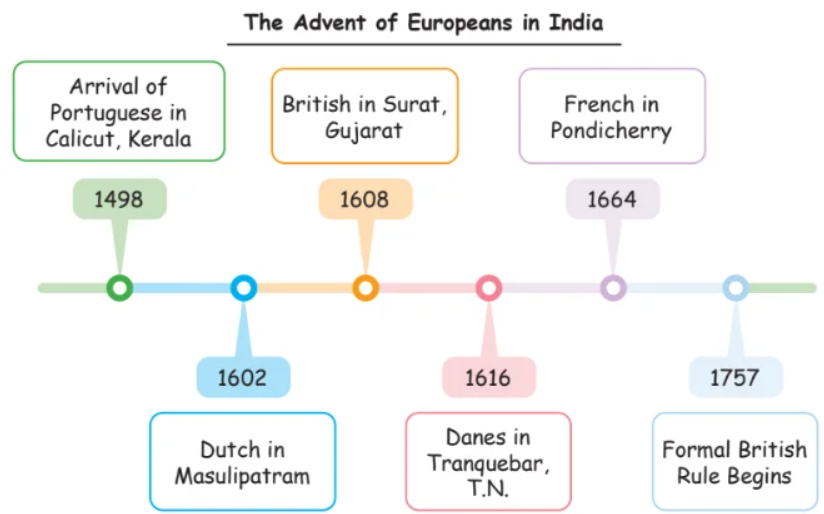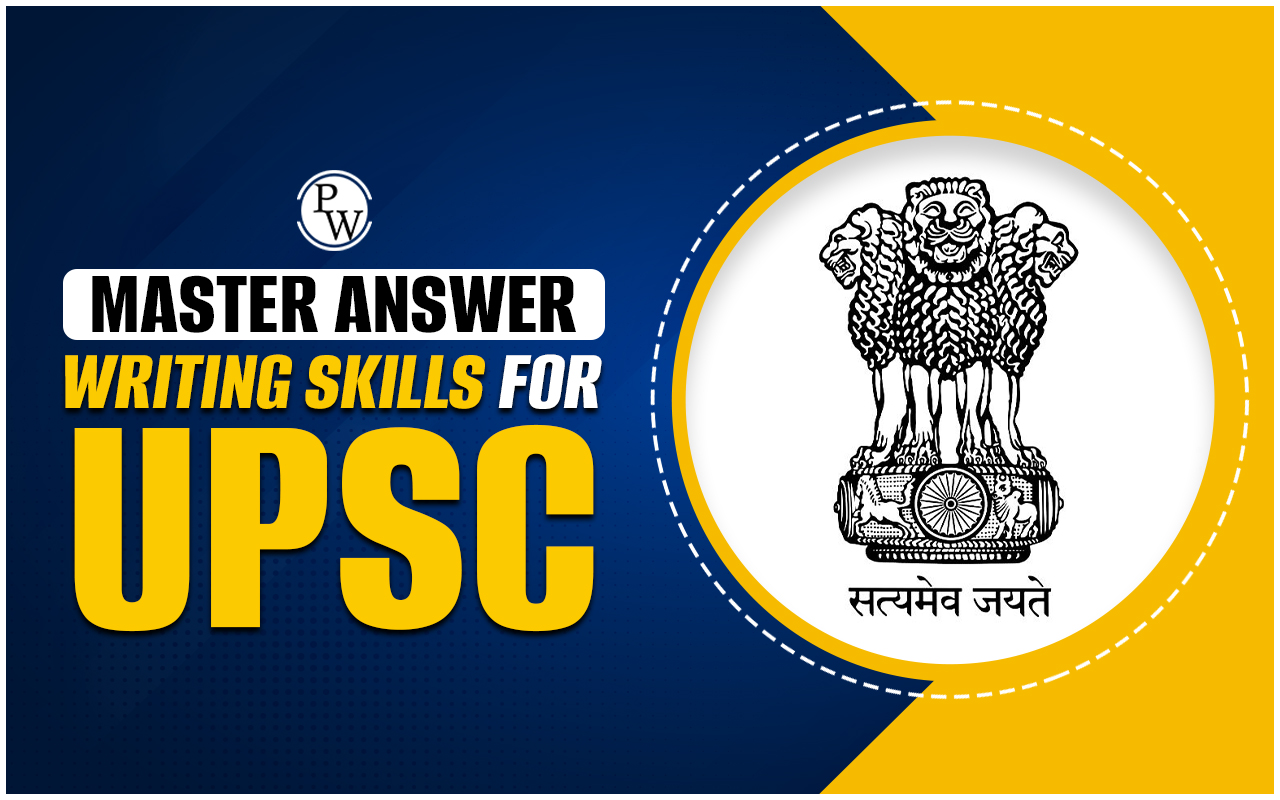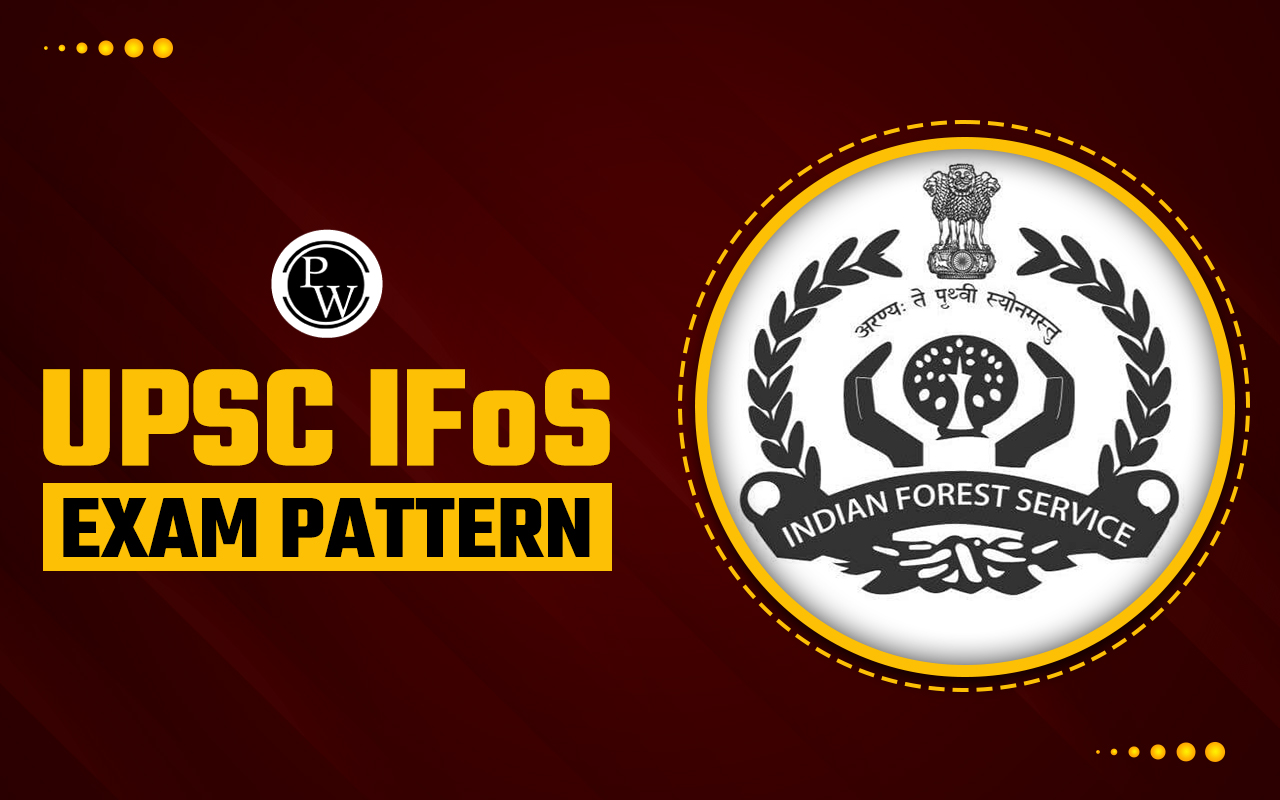

The advent of Europeans in India refers to the arrival of European powers seeking trade and control over India's vast resources, especially its spices, textiles, and other valuable commodities. The story begins in the late 15th century when European nations started to explore new trade routes to Asia, bypassing traditional routes controlled by the Ottoman Empire.
By the 17th century , several European companies had established a strong presence in India. These included the Portuguese, Dutch, English, French, and Danes . Their arrival in India marked the beginning of a new chapter in the country's history, one that would shape its political, economic, and social structure for centuries to come.Advent of Europeans in India
The advent of Europeans in India was driven by the desire for trade, particularly in spices, textiles, and other valuable commodities. The Portuguese were the first to arrive , followed by the Dutch, English, French, and Danes. Each of these powers had unique motivations and methods for establishing their presence in India. The Portuguese, led by Vasco da Gama, were the pioneers in establishing a sea route to India. Their arrival in 1498 opened the doors for other European nations. The Dutch followed in the early 17th century, seeking to control the spice trade. The English East India Company arrived shortly after, and the French established their foothold in the region as well. The Danes, although less influential, also made their mark in the history of India. Image Credit: NCERT
Image Credit: NCERT
Chronological Order of Advent of Europeans in India
Understanding the sequence of arrival of Europeans in India is essential to grasp their historical impact:- Portuguese (1498): Vasco da Gama's arrival in India marked the beginning of the advent of Europeans. The Portuguese aimed to establish a monopoly over the spice trade and sought to exclude Arab traders.
- Dutch (1602) : The Dutch East India Company was formed, and they began to establish trading posts in India, focusing on spices and textiles.
- English (1608): The English East India Company was established, and they began trading in India, initially facing competition from the Portuguese.
- Danes (1616) : The Danish East India Company was established, but its influence was limited compared to other European powers.
- French (1664) : The French East India Company was formed, and they sought to compete with the English and Dutch for control over trade routes.

Portuguese
The event of Vasco da Gama's arrival in India opened maritime trade routes. The Portuguese established their first trading post at Calicut in 1502. His arrival in Calicut (now Kozhikode) was welcomed by the local ruler, the Zamorin, who saw potential in trade. However, the Portuguese aimed to monopolize the spice trade and exclude Arab merchants, leading to tensions. Under the leadership o f Francisco de Almeida and Alfonso de Albuquerque , the Portuguese established a series of forts and trading posts along the western coast of India. They implemented the Cartaze system , a naval trade license that allowed them to control maritime trade routes. Despite their initial successes, they lost influence due to resistance from local powers like the Marathas. Later, the Portuguese were confined to small enclaves like Goa by the 18th century.Dutch
The Dutch established the Dutch East India Company (VOC) in 1602. They focused on the spice trade and built their main settlements at Pulicat and Nagapattinam . The Dutch used aggressive trading tactics and military strength. They fought the Portuguese and later the English for control over trade routes. Dutch were strong competitors for the Portuguese in terms of controlling maritime trade routes, but their focus eventually shifted towards Southeast Asia, leaving the Portuguese and later the British as the dominant European powers. After 1825, their influence declined further as the English East India Company took over following the Anglo-Dutch treaty.English
The arrival of East India Company in India in 1608 marked the beginning of British influence. Initially, the company faced challenges from the Portuguese, but after Captain Thomas Best's victory in the sea battle of Surat in 1612, the English secured trading rights in India. English established factories at Surat (1612) and Madras (1639). By defeating the Portuguese in the Battle of Swally (1612), the English gained prominence. The English gradually expanded their influence and established Fort William in Calcutta (1690) . The arrival of the English East India Company in India marked a shift in power dynamics, as they began to engage in political and military strategies to consolidate their control.Danes
The Danes established their first factory in Tranquebar (Tamil Nadu) in 1620 . They focused on trade and missionary activities but lacked the military strength to compete with other European powers. However, the Danish factories were not significant compared to other European powers and were eventually sold to the British government in 1845 .French
The French arrived in India relatively late, establishing the French East India Company in 1664. They established bases in Pondicherry , Chandernagore, and several other areas and controlled parts of southern India, including Mahe and Karaikal. Initially, the French were interested in establishing trade links. However, they soon began to compete with the British for control over Indian territories. They fought with the English in the Carnatic Wars and lost major battles to the British, such as the Battle of Wandiwash (1760) . Despite their ambitions, the French were unable to match the British in terms of resources, military power, and home country’s support restricting their presence in India.Why did the British Succeed Against Other Europeans?
The success of the British East India Company in India, and eventually the British Empire, can be attributed to several factors:- Naval Superiority : The British had the strongest navy, which allowed them to control key trade routes and defeat rival European powers like the French and the Dutch.
- Strategic Alliances: The British used divide-and-rule tactics, forming alliances with local rulers like the Marathas, the Nizam of Hyderabad, and the Rajputs.
- Organizational Structure : The English East India Company had a well-structured governance system, with a board of directors and shareholders who influenced decision-making.
- Military Efficiency : The British East India Company had a well-trained and disciplined army, which proved superior to many local forces.
- Economic Resources: The British were able to fund their operations through the debt market.
- Administrative System: The British implemented a centralized and efficient administrative system that helped maintain control over vast territories.
Order of Europeans Leaving India
As the 19th century progressed, the influence of European powers in India began to diminish. The order of Europeans leaving India is as follows:- Dutch: The Dutch ceased to have a significant presence in India after 1825 , focusing instead on Southeast Asia.
- Danes: The Danes withdrew from India in 1845, selling their holdings to the British.
- British : The British colonized the country and finally left in 1947 following India’s independence.
- French: The French remained in India until 1954 when Pondicherry and other French territories were ceded to India.
- Portuguese: The Portuguese were the first to establish a presence in India and were the last to leave . They retained control over Goa until 1961 when it was annexed by India.
| UPSC Related Articles | ||
| Female Freedom Fighters of India | Mission Karmayogi | Shaheedi Diwas 2024 |
| Vaikom Satyagraha | Cooperative Federalism | Anti-Defection Law |
Advent of Europeans FAQs
Which company came first to India?
The Portuguese were the first Europeans to arrive in India, with Vasco da Gama's arrival in 1498.
What is the list of European Companies in India?
The major European companies in India included the Portuguese East India Company, Dutch East India Company, English East India Company, French East India Company, and Danish East India Company.
Which European country left India first?
The Dutch were the first European country to leave India. They gradually lost their influence over Indian territories by 1825.
What was the significance of Vasco da Gama's arrival in India?
Vasco da Gama's arrival in 1498 marked the beginning of European colonialism in India and opened new trade routes.
When did the English East India Company arrive in India?
The English East India Company arrived in India in 1608, establishing trade and later expanding its influence through military and political means.
Talk to a counsellorHave doubts? Our support team will be happy to assist you!

Check out these Related Articles
Free Learning Resources
PW Books
Notes (Class 10-12)
PW Study Materials
Notes (Class 6-9)
Ncert Solutions
Govt Exams
Class 6th to 12th Online Courses
Govt Job Exams Courses
UPSC Coaching
Defence Exam Coaching
Gate Exam Coaching
Other Exams
Know about Physics Wallah
Physics Wallah is an Indian edtech platform that provides accessible & comprehensive learning experiences to students from Class 6th to postgraduate level. We also provide extensive NCERT solutions, sample paper, NEET, JEE Mains, BITSAT previous year papers & more such resources to students. Physics Wallah also caters to over 3.5 million registered students and over 78 lakh+ Youtube subscribers with 4.8 rating on its app.
We Stand Out because
We provide students with intensive courses with India’s qualified & experienced faculties & mentors. PW strives to make the learning experience comprehensive and accessible for students of all sections of society. We believe in empowering every single student who couldn't dream of a good career in engineering and medical field earlier.
Our Key Focus Areas
Physics Wallah's main focus is to make the learning experience as economical as possible for all students. With our affordable courses like Lakshya, Udaan and Arjuna and many others, we have been able to provide a platform for lakhs of aspirants. From providing Chemistry, Maths, Physics formula to giving e-books of eminent authors like RD Sharma, RS Aggarwal and Lakhmir Singh, PW focuses on every single student's need for preparation.
What Makes Us Different
Physics Wallah strives to develop a comprehensive pedagogical structure for students, where they get a state-of-the-art learning experience with study material and resources. Apart from catering students preparing for JEE Mains and NEET, PW also provides study material for each state board like Uttar Pradesh, Bihar, and others
Copyright © 2025 Physicswallah Limited All rights reserved.
Get App










